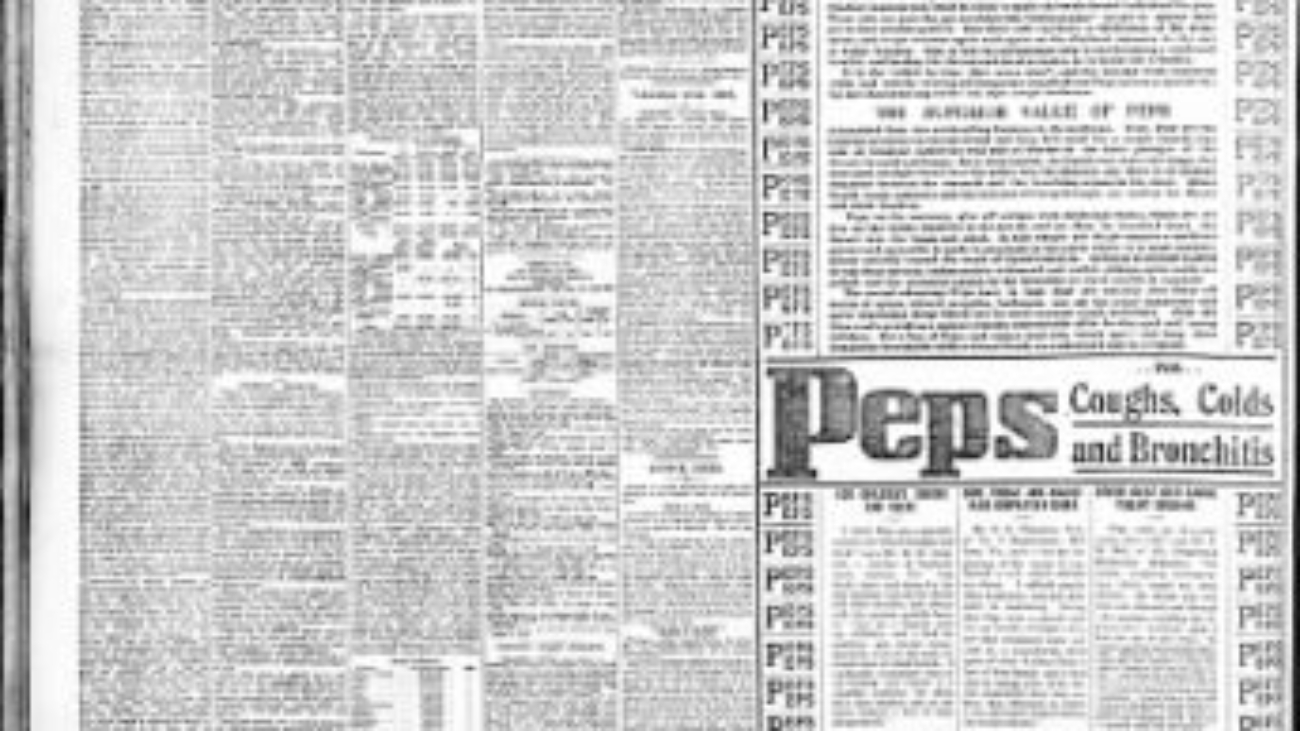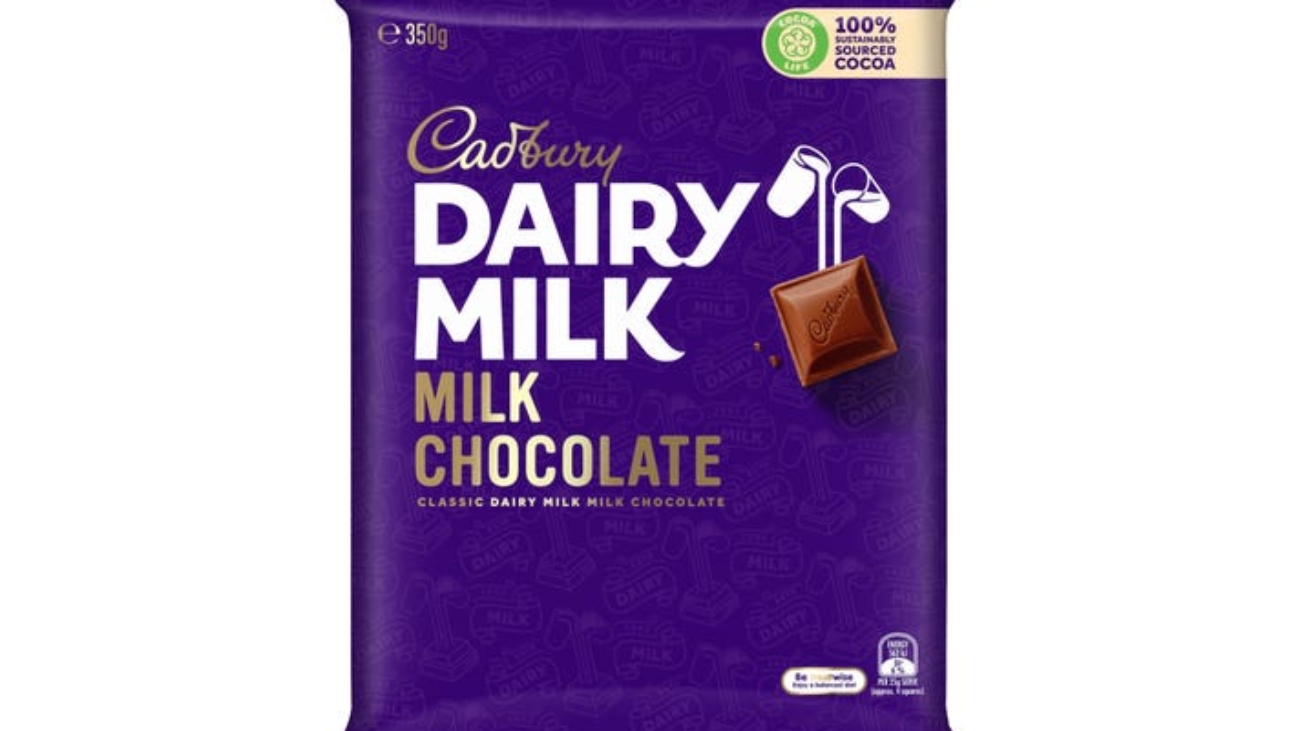Nobody anticipated Google and Apple to lead the global market and to be worth tens of billions of dollars. Similarly, every brand has to start somewhere. Therefore, it is critically important that businesses protect their brands from the very beginning. Not doing so could not only lead to losing the opportunity to profit from their future value but could also lead to a lot of expensive troubles.
Fortunately, all these troubles are avertable by properly clearing and registration of a business trademark.. However, most of these mistakes are made during this process because business owners try to do it themselves rather than engaging an IP agent.
Here are 5 trademark related mistakes to avoid for businesses
1. Doing it themselves to save money
Many businesses seek to avoid professional fees and investing their time and resources in registering trademarks by themselves or seeking cheaper services. However, this can lead to several errors that can cause invalidity of the trademark, financial loss, loss of rights, and later lead to a failed trademark registration. It is wise to do it once and do it properly with the help of IP experts and professionals.
2. Registering a trademark but not securing a domain name and social media profiles
Once a domain name is registered by a third party using someone else’s business trademark, it can be time-consuming and expensive to stop them. They can use the domain name and social media platforms and can publish inappropriate content that may confuse customers. This can result in a huge loss of business reputation and money. Therefore, it is essential to check the availability of your business domain name and register it before some other company takes over the name as it would be costly to buy it from them.
3. Have not trademarked business name
Just because a business has registered its business name does not mean it owns the trademark. Registering a business name and a business trademark are two different things. When registering a business name, they need to check for the availability of their desired trademark.
Businesses should keep trademark registration as a priority as it gives them the right to use the name, and prevent someone else from using it. While with only a business name registration they will not have this exclusive right.
4. Not letting others know of a trademark
Once a business trademark is registered, you need to let other businesses know of your trademark by using the ® sign next to your trademark. This sign is a symbol of your trademark registration which is also a legal requirement. Not putting the sign can lead to financial and legal troubles.
5. Not monitoring the trademark
Lastly, trademark owners think that mere trademark registration is enough to protect their business. This is a misconception. Business owners need to monitor and keep their eyes on the market and on businesses that may be using their trademark, name, or logo that can cause significant damage to their business reputation and value.
If this is the case, the matter needs to be discussed with an IP expert.





